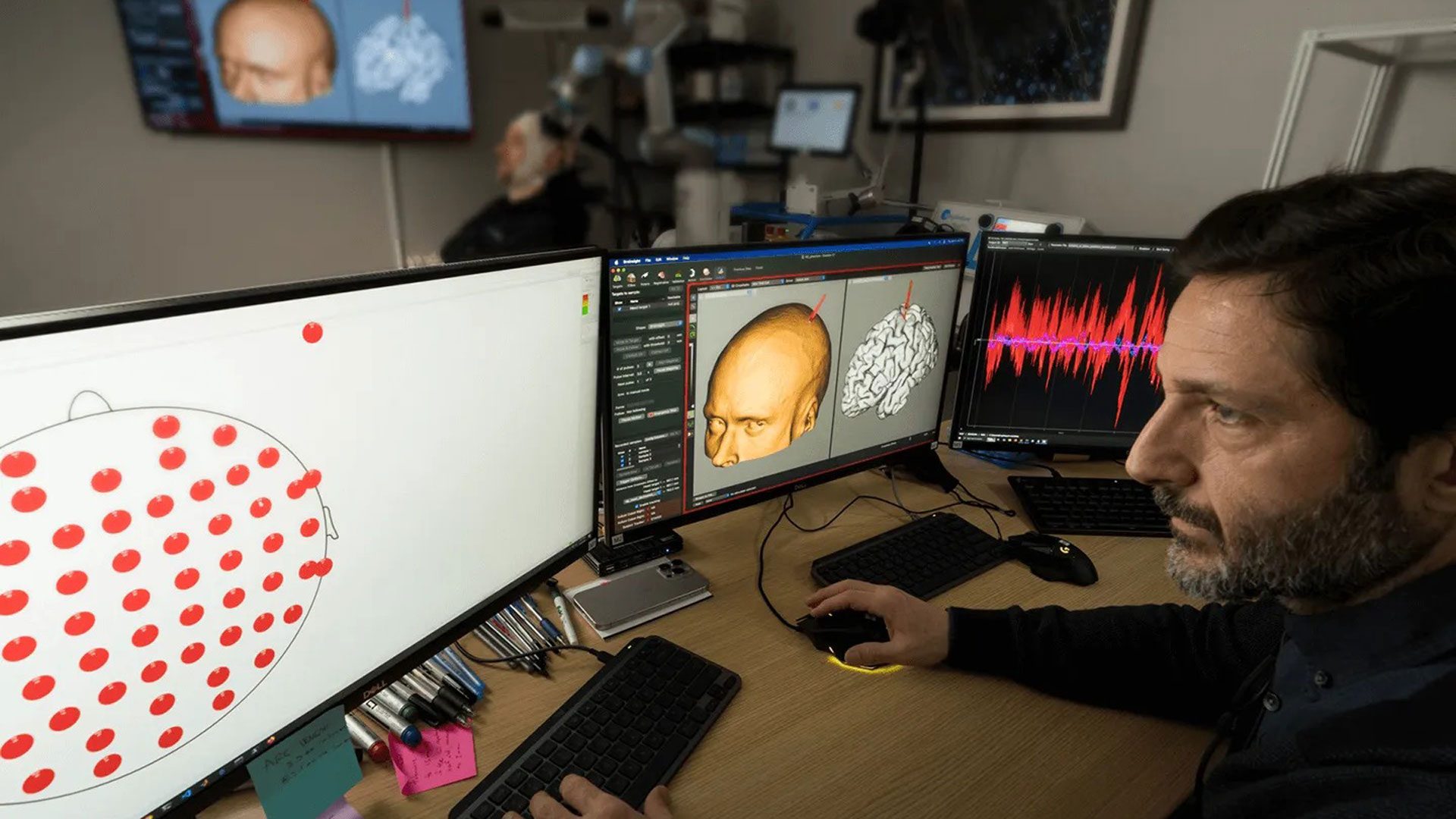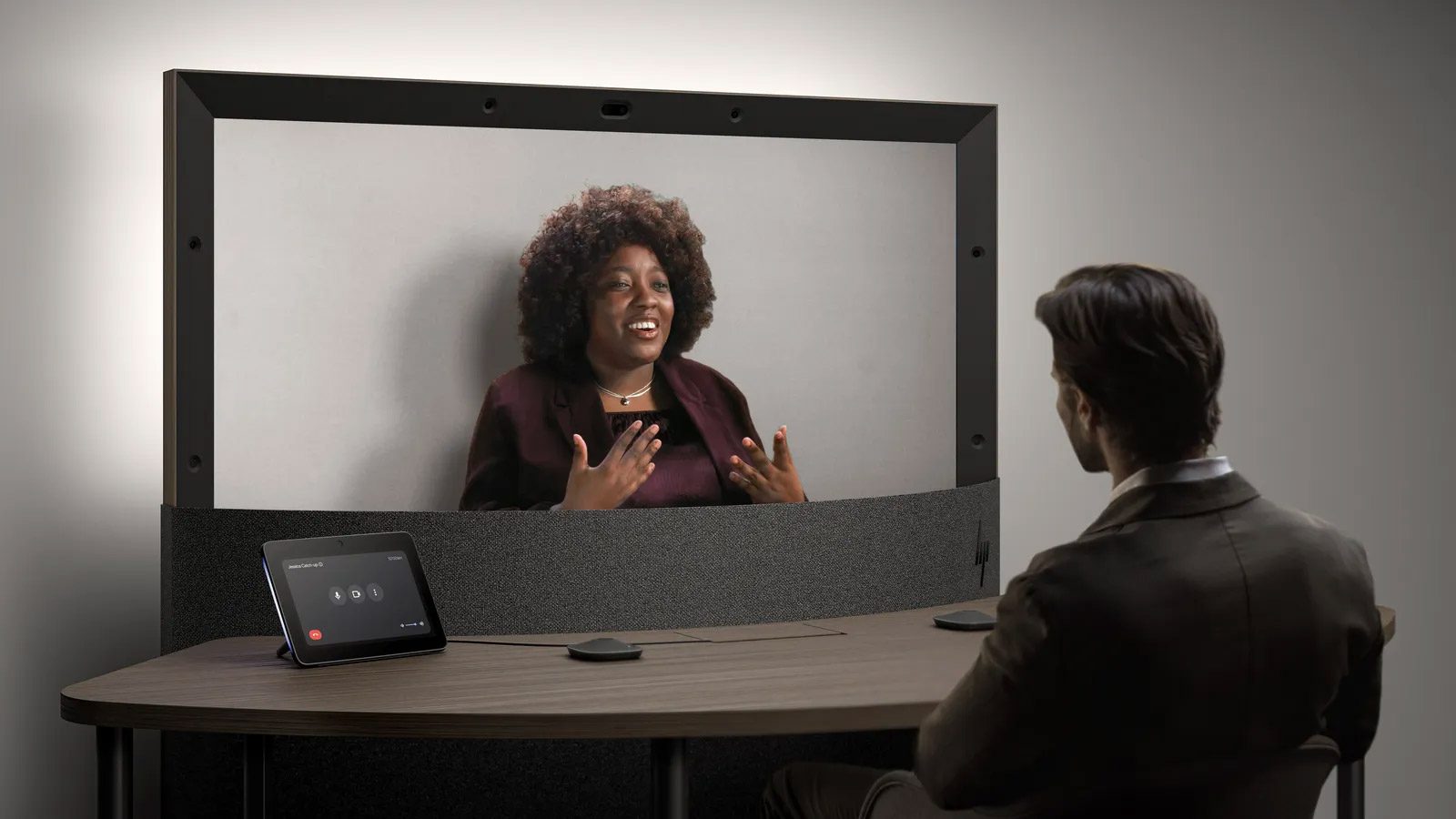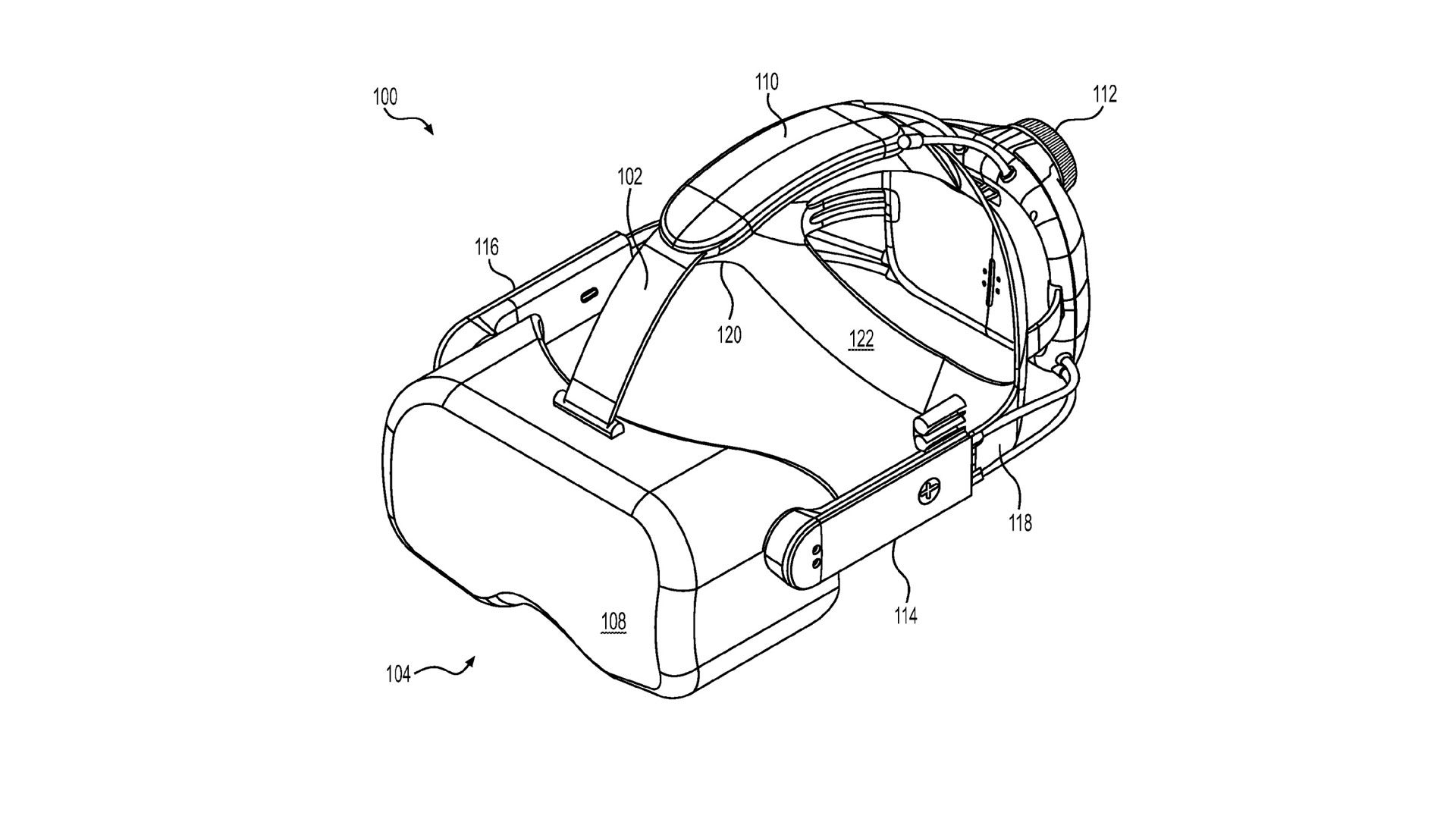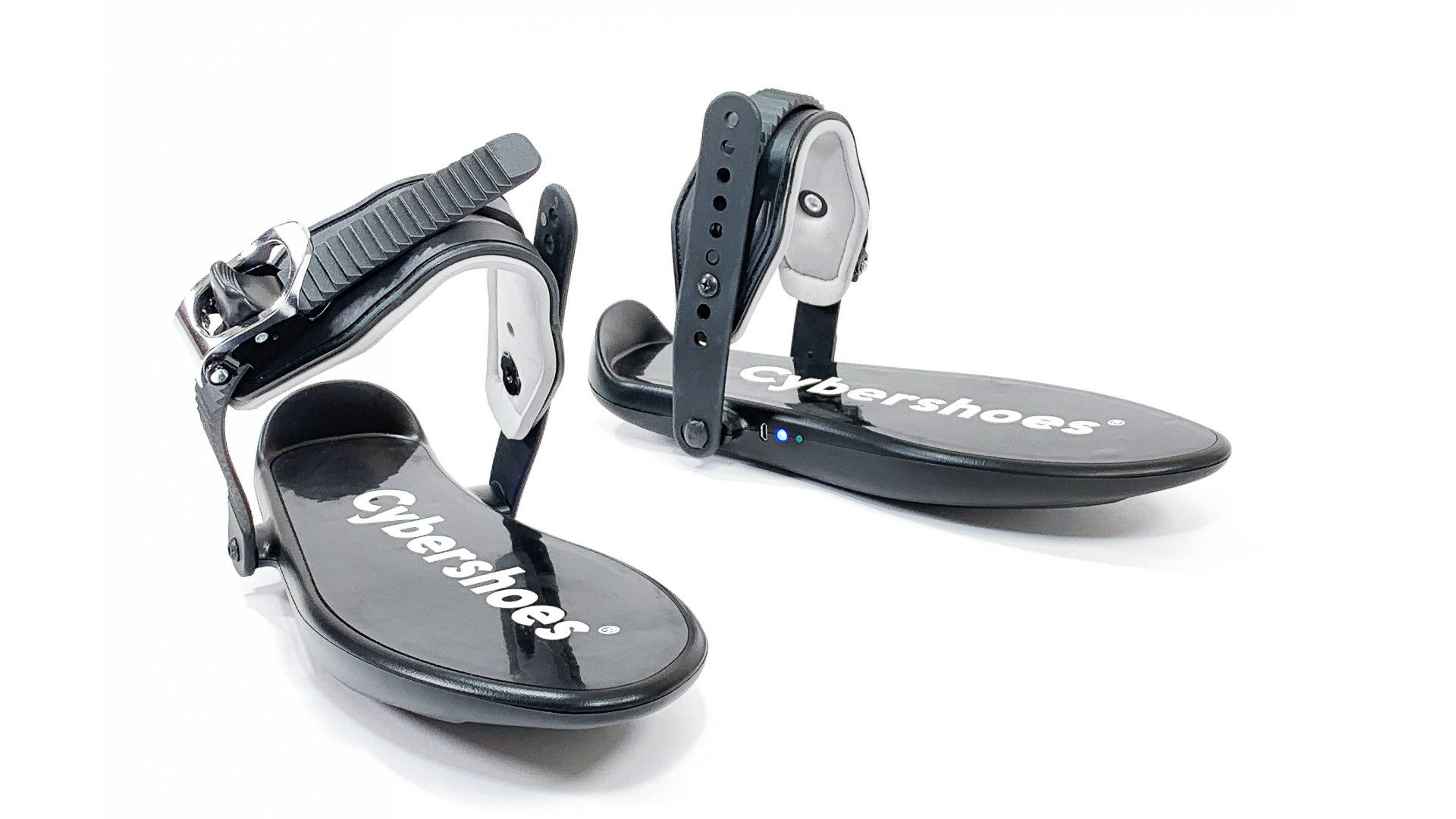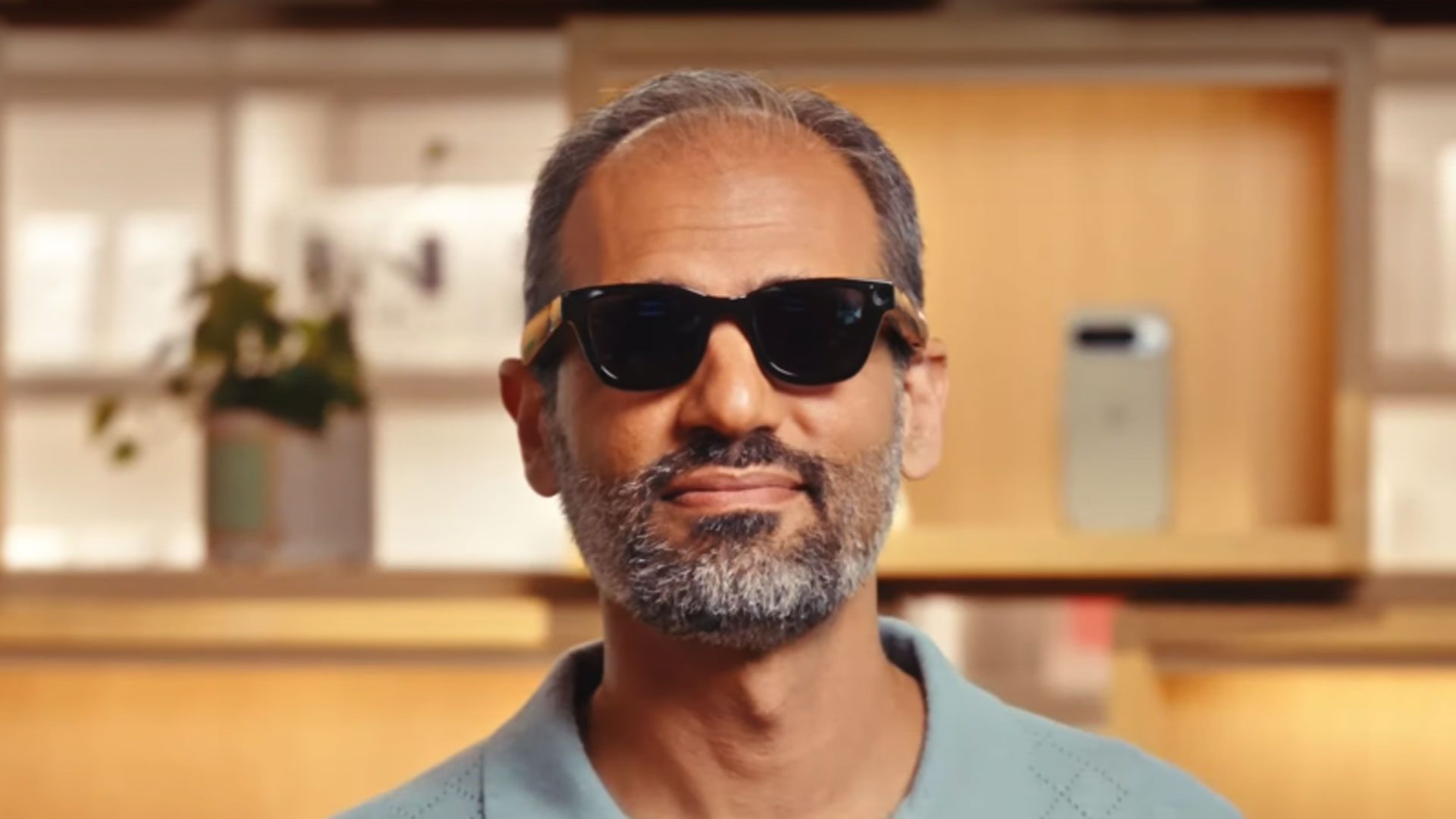Humans aren’t the only ones diving headfirst into the virtual reality revolution. Scientists have recently unveiled a cutting-edge tech innovation that lets mice embark on their own tiny VR journeys in the lab, and it’s both fascinating and undeniably cute.
This intriguing breakthrough comes from researchers at Cornell University, who have cleverly dubbed their creation “MouseGoggles.” When tested, the mice seemed to vividly interact with the virtual surroundings created by these goggles. This advancement could simplify how researchers conduct VR-related animal studies, presenting a more viable and engaging method.
While the concept of mice in VR may initially evoke a chuckle, there are genuine scientific motivations behind the project. VR technology offers the potential to create controlled, yet naturalistic environments for these small creatures. However, current setups have their shortcomings. Typically, mice are positioned on treadmills with visual stimuli projected onto nearby screens. Unfortunately, these screens often fail to encompass a mouse’s entire view, and prompting any reaction from them can be frustratingly slow or nonexistent.
The Cornell team is confident that MouseGoggles represents a significant leap over traditional VR systems for mice. Instead of starting from scratch, they ingeniously adapted tiny, cost-effective components from smartwatches and other gadgets to construct their system. Mice wearing the MouseGoggles still use treadmills, but their heads are securely fixed to the goggles, optimizing their exposure to visual cues.
“We embraced a hacker’s mindset, repurposing components not originally designed for this,” explained Matthew Isaacson, the lead scientist and a postdoctoral researcher at Cornell, to the Cornell Chronicle, the university’s news outlet. “Thankfully, smartwatch displays are the perfect size for a mouse VR headset. It was fortunate that we didn’t need to fabricate anything from the ground up and could easily acquire affordable parts.”
To validate their setup, the researchers immersed the mice in various virtual scenarios, closely monitoring both their brain activity and actions. The results were promising; during tests, the mice consistently reacted to the VR environment as anticipated. One memorable experiment involved observing how mice responded to an ominous dark blotch approaching, akin to an imminent predator threat.
“In our earlier trials using conventional VR setups with large screens, the mice showed no reaction,” Isaacson noted. “Yet, with the goggles, they exhibited a startling jump almost universally at their first encounter. It truly seemed like they perceived an attack from a lurking predator.”
This thrilling research was published in the journal Nature Methods earlier this month. Looking ahead, the scientists believe that enhancing VR technology for mice could unlock a wealth of possibilities. Controlling and studying VR scenarios might offer deeper insights into the brain activities of mice engineered to simulate Alzheimer’s, particularly in areas related to navigation and memory. It could also elevate foundational research into potential treatments for neurological disorders.
Isaacson and his team aren’t alone in the pursuit of VR experiences for mice. However, their system stands out as the first to incorporate eye and pupil tracking. Already, they’re working on creating a lightweight, adaptable VR setup that could extend to larger rodents like rats or tree shrews. Plans for future enhancements are also in the pipeline, such as integrating sensory experiences like taste and smell simulation.































